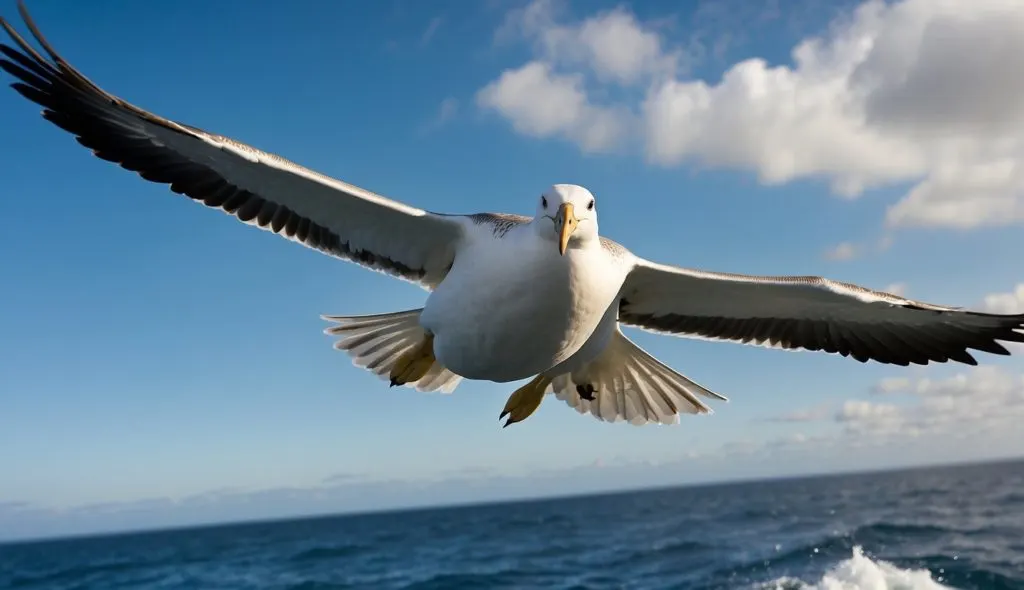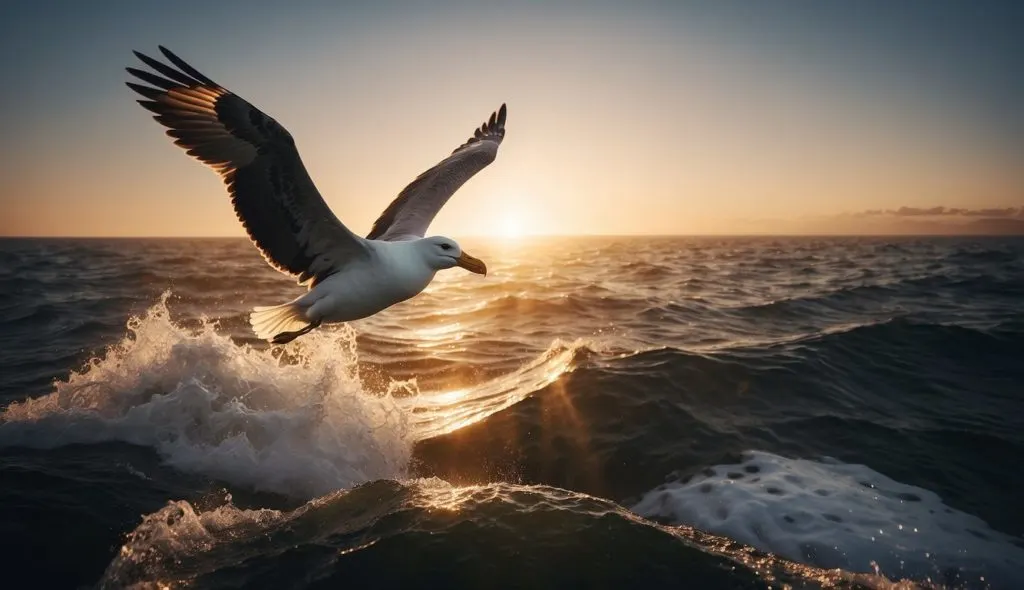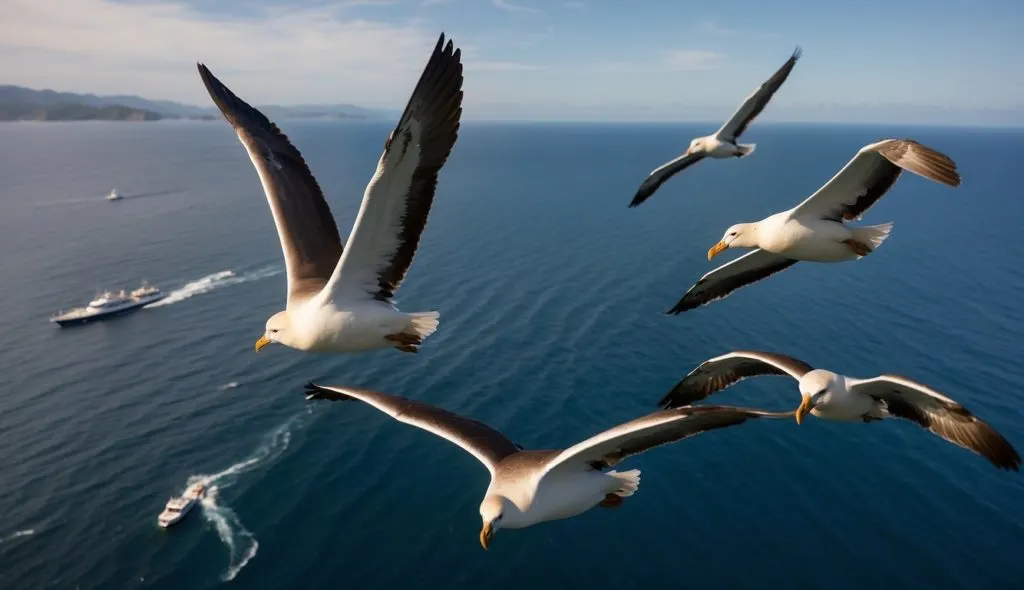World Albatross Day is a special occasion dedicated to the awareness and conservation of albatrosses, some of the largest flying birds in the world. This day was established to shine a light on the challenges these seabirds face, including habitat loss and the impact of fishing operations on their populations. By marking this day on your calendar, you join a global community committed to protecting these magnificent creatures and the oceans they call home.

When is World Albatross Day?
Since 2020, World Albatross Day has been observed every year on June 19. The date was selected to commemorate the day the Agreement on the Conservation of Albatrosses and Petrels (ACAP) was signed on June 19, 2001. On that date, organizations around the globe have marked this day to honor these magnificent seabirds and to raise awareness about the challenges they face.
Objectives and Goals
The primary objective of World Albatross Day is to raise awareness about the conservation of albatrosses, which are among the world’s most threatened seabirds. Activists and conservationists use this day to highlight the importance of international collaboration in protecting these birds.
The goals are to:
- Educate about the impact of human activities on albatross populations.
- Showcase the efforts of conservation programs and BirdLife Partners working to reduce threats to albatrosses, such as the Albatross Task Force which has notably reduced albatross deaths by up to 99%.
On World Albatross Day, you are encouraged to participate in national and global activities that support the protection and study of albatrosses, contributing to the worldwide efforts to safeguard their future.
Threats to Albatrosses

Albatrosses, seabirds that you might recognize for their impressive wingspan, face numerous threats that can undermine their survival. These challenges range from direct impacts like bycatch to more indirect ones such as climate change.
Bycatch and Fisheries
Your appreciation for seafood might come with an unexpected cost to albatrosses.
Bycatch, the accidental capture of non-target species in fishing gear, is a major threat. The longline fisheries, which stretch for miles and baited with hooks, are particularly devastating — albatrosses seeking fish get caught on the hooks and drown.
Annual bycatch numbers reach an alarming estimate of up to 100,000 seabirds, including albatrosses and petrels.
Habitat Loss
Your views of coastal developments or agricultural expansions might not reveal the underlying issue of habitat loss for albatrosses.
Coastal developments push these birds out, while pollution further degrades their nesting sites. This loss of suitable breeding grounds can result in decreased albatross populations. Pollution has degraded available habitats, affecting breeding and feeding grounds.
Invasive Species and Predation
Introduced predators such as cats can decimate vulnerable albatross chicks. House mice, often overlooked as a threat, can also attack and kill albatross young and adults, seriously impacting survival rates.
Climate Change Impact
When you hear about climate change, consider its wider effects: altered oceanic conditions can disrupt albatross food sources and nesting patterns, making it tougher for them to thrive.
Climate change affects food availability and distribution, with potential to alter migratory and breeding patterns.
Pollution and Plastics
Your single-use plastic bag or discarded fishing line can contribute to a lethal threat facing albatrosses: plastic ingestion and entanglement. Discarded fishing lines and nets can trap and injure or kill albatrosses. These birds also often mistake plastics for prey, leading to ingestion that can cause internal injuries or death.
Conservation Efforts and Agreements
International cooperation and local action come together under organized agreements to protect the magnificent albatrosses. These measures involve various parties, including governments, conservation bodies, and fishers, each playing a crucial role.
ACAP and Member Countries
The Agreement on the Conservation of Albatrosses and Petrels (ACAP) is a foundation for concerted conservation efforts. As a member, New Zealand is actively involved in this effort, along with countries like South Africa and 11 others, to implement strategies that shield albatrosses from threats.
These member countries work together to create and enforce measures such as line weighting, hook-shielding, and bird-scaring lines to prevent seabird bycatch.
Fisheries Management
Effective conservation is closely linked with responsible fisheries management. Together with ACAP guidelines, fishers are encouraged to engage in ensuring albatross-friendly fisheries. This includes using fishing methods that reduce the accidental catch of seabirds.
Adoption of these best practice strategies, informed by research and policy, is essential for reducing the impact of fishing on albatross populations.
Community Involvement
Communities and organizations such as the RSPB (Royal Society for the Protection of Birds) play a pivotal role, raising awareness and fostering international cooperation on albatross conservation.
By engaging local communities and harnessing their support, the path to sustainable conservation becomes more robust and impactful, ensuring that efforts to protect these birds are deeply rooted in society.
Fun Facts about the Albatross

- Incredible Soarers: Albatrosses are known for their ability to soar for hours without flapping their wings, thanks to a special lock in their shoulder joint.
- Masters of Distance: Some albatross species can travel 120,000 km (75,000 miles) in a single year.
- Monogamous Creatures: These birds are mostly monogamous, pairing with a single mate for life.
- Longevity Champions: With a lifespan that can exceed 50 years, albatrosses are among the longest-living birds.
- Size Matters: The wingspan of an albatross can reach up to 3.5 meters (11.5 feet), making it one of the largest of any bird species.
- Olfactory Acuity: Your albatross friends have a keen sense of smell, essential for locating food over vast oceans.
- Varied Diet: Their diet primarily includes fish and squid, but they’re also known to eat crustaceans and other sea creatures.
- Efficient Fliers: Albatrosses can reach speeds of up to 80 km/h (50 mph)!
- Nest Architects: Albatrosses create nests using grass, soil, and their own feathers.
- Global Distribution: While found in many oceans, albatrosses primarily inhabit the Southern Hemisphere.
- Rare Sightings: You’re lucky if you spot an albatross, as they’re often far from land.
- Endurance Feeders: They’ve been known to travel more than 15,000 km (9,320 miles) in a single trip looking for food.
- Unique Feeding Technique: They can catch prey on the water’s surface or dive a few meters deep.
- Airborne Slumber: These birds have the ability to sleep while flying.
- Impressive Dive: Albatrosses have been recorded diving up to 5 meters (16 feet) underwater.
- Cultural Icon: The albatross is a symbol of good luck to sailors.
- Threatened Species: Sadly, many albatross species are threatened by human activities.
- Conservation Efforts: Organizations worldwide work to protect albatross habitats and reduce threats.
- Solitary at Sea: Outside of breeding season, albatrosses spend their lives largely alone, wandering the seas.
More Bird Days
We have dozens of bird holidays spotlighted here on BirdTipper; here are a few you might enjoy:
- Does Bird Seed Expire? - May 11, 2024
- How Big Are Baby Hummingbirds? - May 5, 2024
- How to Prevent Mold in Hummingbird Feeder - May 2, 2024
